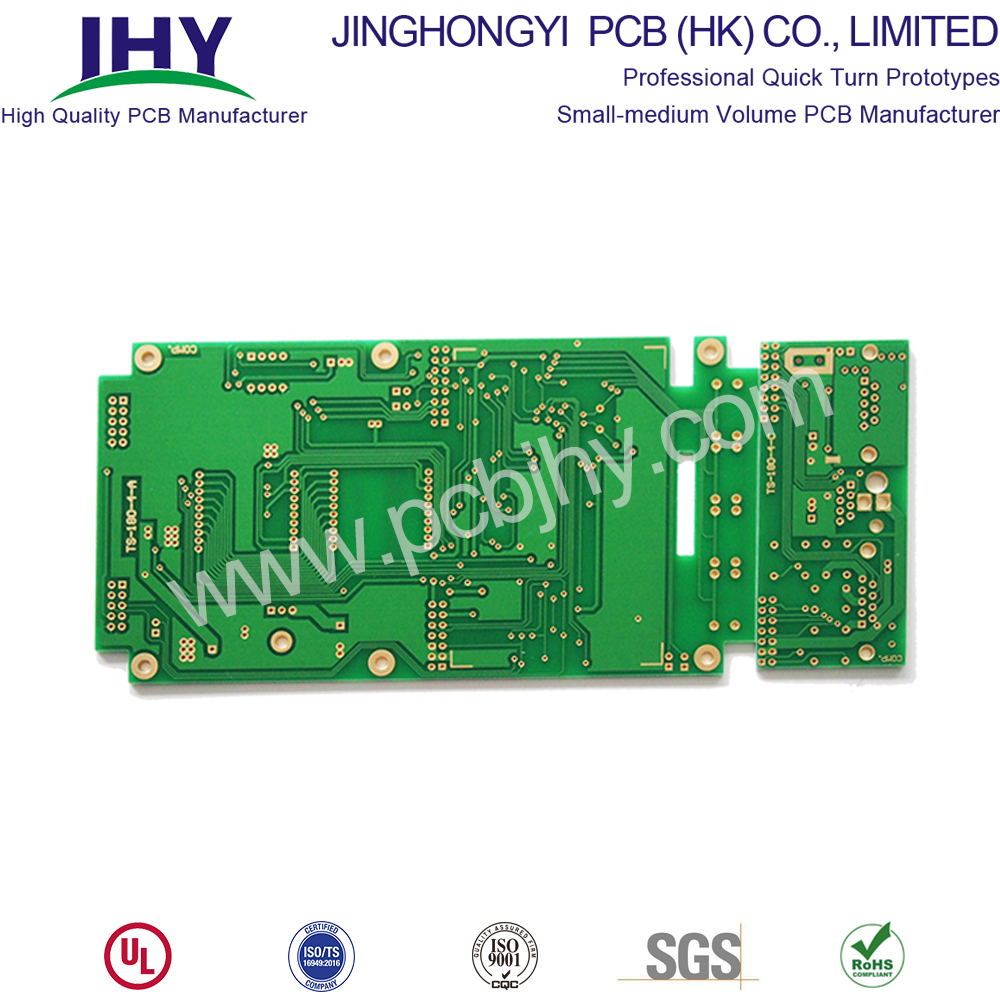The reason for the setting of the listening system
As the opening area of ​​performance venues such as dance halls increases, the corresponding stage also expands harmoniously, and some also add a series of functions (such as telescopic, lifting, etc.). The singer who was originally behind the main sound box also opened up a larger interval, which is easy to produce several adverse effects: First, the singer may not be able to hear his voice, and deal with certain murmurs. It is difficult to find the whole time, it is difficult to find out, it will inevitably have an impact on the singing mood; because the instrument player can't hear or hear the instrument and sound of himself and others, it is difficult to form a tacit understanding in the performance coordination. The effect is bound to be discounted.
Secondly, since the performer is behind the main speaker, due to the low-frequency diffraction effect, the player must feel that the bass is very thick, so the adjustment of the tone of the instrument will inevitably be misleading. I have personally experienced such a thing. A guitarist did not use the listening speaker. He told me loudly that his guitar bass is too heavy. I want to dispose of it on the mixer. I let him listen to it in front. It is a very harsh high-pitched noise.
This is because the bass ratio behind the main speaker is higher than the front, so he constantly (on the guitar effect) attenuates the result of the bass boosting treble. Obviously, the low frequency diffracted information is misleading to the hearing. The phenomenon is particularly noticeable in large venues. Furthermore, in the live performance process, once the main speaker system is faulty, the listening system can play an emergency role, at least much better than the silent cold field, and at the same time give the adjuster time to repair and dispose of the main system.
Relationship between listening and listening
When it comes to listening to the system, you have to deal with another problem - listening. So what is the connection between listening and listening? The return listener mainly serves the entire singer, so that he or she can hear the voices of himself and others from the listening, in order to facilitate adjustment and coordination; while the listening is only for a single individual. Because of this, there are a series of monitors (with amplifiers), such as guitar monitor speakers, bass, keyboard and so on.
They are mainly designed according to the sound of different instruments, so that the user can stop adjusting and real-time monitoring the sounds of the instruments held by the user; if it is a studio or a studio, the meaning of the monitors is different, which is also called monitoring. The object is the audio director or sound engineer. The sound that he or she hears is a complete unadorned sound that can be received at the output of the console. This is actually a high-level Manufacturing or recording system.
Design and commissioning of the listening system
1, the listening power is definitely set
The power of the ordinary returning amplifier should not be lower than 20%~30% of the total power of the main amplifier. Of course, in theory, this is not quantitative, but there is a field standard, that is, when the singer is in the listening area, the main sound is amplified. When the box is behind, the main sound must be obtained by the listening speaker. Once the area is separated (ie, in the main sound reinforcement area), the sound of the returning sound should not be heard. The sound should be the sound of the main speaker, otherwise it will be easily formed. The singers are warm and vague, making them mixed and unattractive. Professional Audio. This clarifies that at this time, the returning and the main sound reinforcement should be integrated into one, but they must be harmonious with each other and ensure a good blending degree in volume adjustment.
2, the configuration of the listening equipment
Since the returning speaker is closest to the microphone, and most of the time the singer is in the listening area, it is easy to form a microphone to give a whistle, so it is best to use a special horizontal speaker for the returning speaker. Most of these speakers are small in size and high in power. The ortho-spindle and the degree of the speaker are usually at an angle of 45 degrees. After reasonable adjustment of the position, the timing of the airborne sound can be reduced to a large level, and the progress is improved. The microphone and gain do not affect the stage beauty.
The listening amplifier is no different from the ordinary power amplifier, and its selection should be treated in the same level as the main power amplifier. In many dance halls, most of the listening systems did not use the balancer. The volume of the listening amplifier was very aggressive, and they thought that the balancer could be dismissed. In fact, this understanding is biased. As we said before, the microphone in the listening area is easy to whistle due to feedback from the speaker signal, which reduces the gain of the microphone. If this is the case, then we lose the meaning of setting up the listening system, so we should choose the best quality. It is a 1/3 octave balancer, mainly used to suppress howling. Professional Audio. As for other peripheral equipment, under normal conditions, can, do not think, but the balancer is essential.
3, convergence and debugging
If it is a relatively small stage, we can set up two or four returning speakers, and the feedback signal is taken out from the mixer's dedicated monitor interface or auxiliary output interface. Professional audio equipment. The signal is proportionally distributed by the corresponding monitor knob or auxiliary knob in each input channel of the mixer, and finally mixed, and all the singers on the stage can hear all the track sounds from the return.
If it is a relatively large stage, the musicians usually have musical instrument monitors, such as guitars, basses, keyboards, etc., so that these monitors can be used as instruments to listen to the speakers, and the returning speakers on the stage are mainly sent out. Sound, because the sound of the speakers on the stage is basically large enough (of course, the sound of the instrument can be added).
The drummer is surrounded by drums, and most of them are equipped with a drum shed, that is, the transparent plexiglass is used to block the drums so that the drums themselves and the drums interfere with each other, so when the drums sound together, the drummer may No other sounds can be heard. Therefore, the drummer must place a returning speaker that sends all the track signals, but at this time, pay attention to the volume adjustment, so as to prevent the drum microphone from causing feedback and crosstalk. It is best to let the drummer use high-quality earphones. Professional Audio.
Due to the design of the mixer itself, all the sound quality compensation and attenuation fader conditioning and sound image distribution on the mixer can not affect the feedback signal, that is to say, the tuner will not operate in the main sound reinforcement system. Affecting the listening system, the size of the feedback signal is mainly obtained by the coarse adjustment gain, the monitor knob or the auxiliary button in the mixer channel, and the monitor output or auxiliary output in the corresponding composite panel. Professional audio equipment. In the debugging, we must control the ratio of the monitoring and sending out signals of each part to ensure the good clarity of the returning signals of each channel.
In practice, there is often a musician who has improved the monitoring signal of his own instrument. Due to the effect of the masking effect, the other musicians must have their own monitoring signals become smaller and improved. This kind of push, because the singer is in the sound and encirclement of all the instruments, I immediately feel that I can't hear my voice, and I sing very hard. We can do it with the increase of the instrument monitor signal, and the singer's voice is due to itself. Conditional restrictions and the presence of microphone reaction points and many other factors, the sound of the listening can not be increased indefinitely, which constitutes a vicious circle, making the adjuster very headache and nerve-wracking, at this time we must have more musicians The singer communicates, and the volume of the instrument is adjusted in a balanced manner, so that the sound of a small instrument signal is highlighted, naturally integrated into the whole music, and cannot be upgraded too much, forming a pressure and disharmony. The effect of good and bad. Therefore, in the debugging of the listening system, it is necessary to find the equilibrium point to the maximum extent, and repeat the careful conditioning to let the returning system reach the desired effect in our expectation. Professional Audio.
There is no quantitative and qualitative operation on the debugging of the listening system. It only needs to be recognized by everyone for your debugging. This is the norm in your mind, so we must carefully study, meditate, summarize, and do. Improve the comprehensive level of my own, and control a variety of large-scale performances.Generally, Thick Copper PCB means the finished copper thickness of the board is more than 4oz (140um), this is the most obvious factor to compare the thick copper board from standard PCB with 1oz or 2oz copper.
Heavy Copper PCB handles higher rates of current than other normal boards, are able to resist higher temperatures for longer time and provide stronger connection points.
JHY PCB is the well-known expert for Thick Copper Board, the maximum finished copper thickness can be 10 oz.
Please send email if request more detailed information of Extreme Copper PCB. Once tested the quality of our boards, you will know what we said is sincere.

Applications of Heavy copper-based PCB
- Solar arrays
- Power converters
- Power supplies
- Welding Machine
- Aviation
- Heavy machinery
- Automotive and more

Thick Copper PCB
Thick Copper PCB,Heavy Copper PCB,Copper Thickness PCB,Extreme Copper PCB
JingHongYi PCB (HK) Co., Limited , https://www.pcbjhy.com